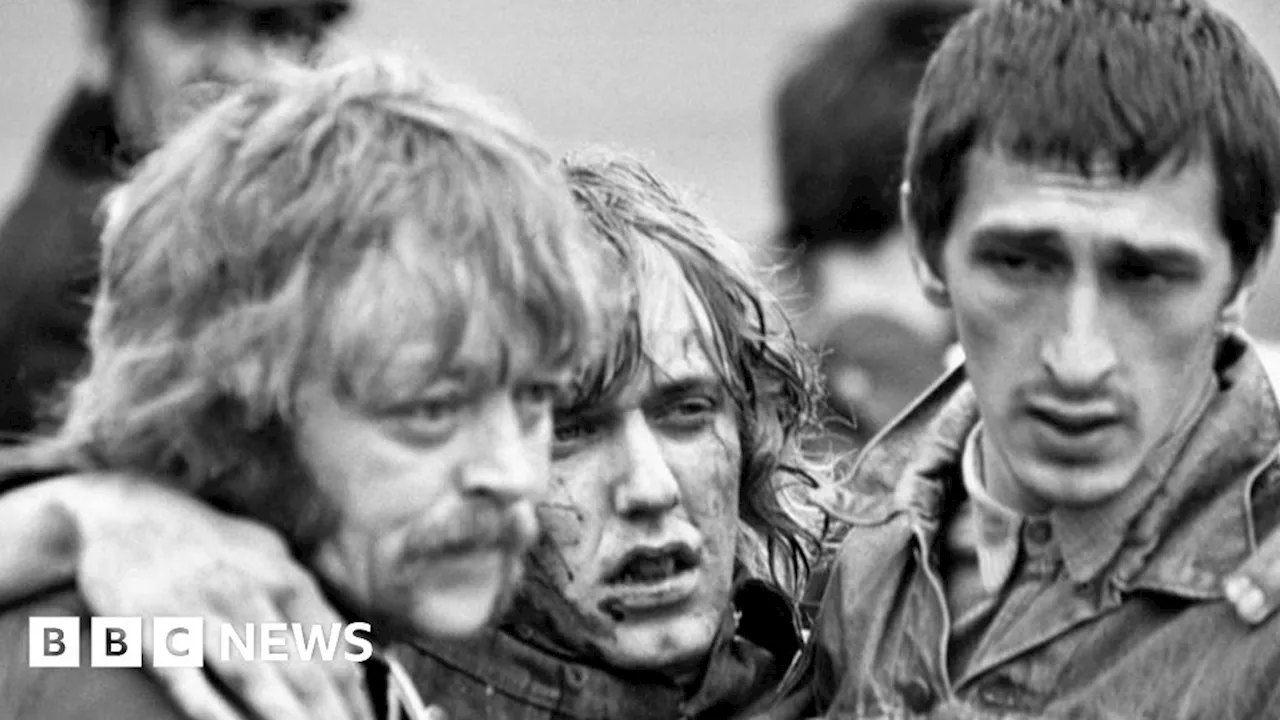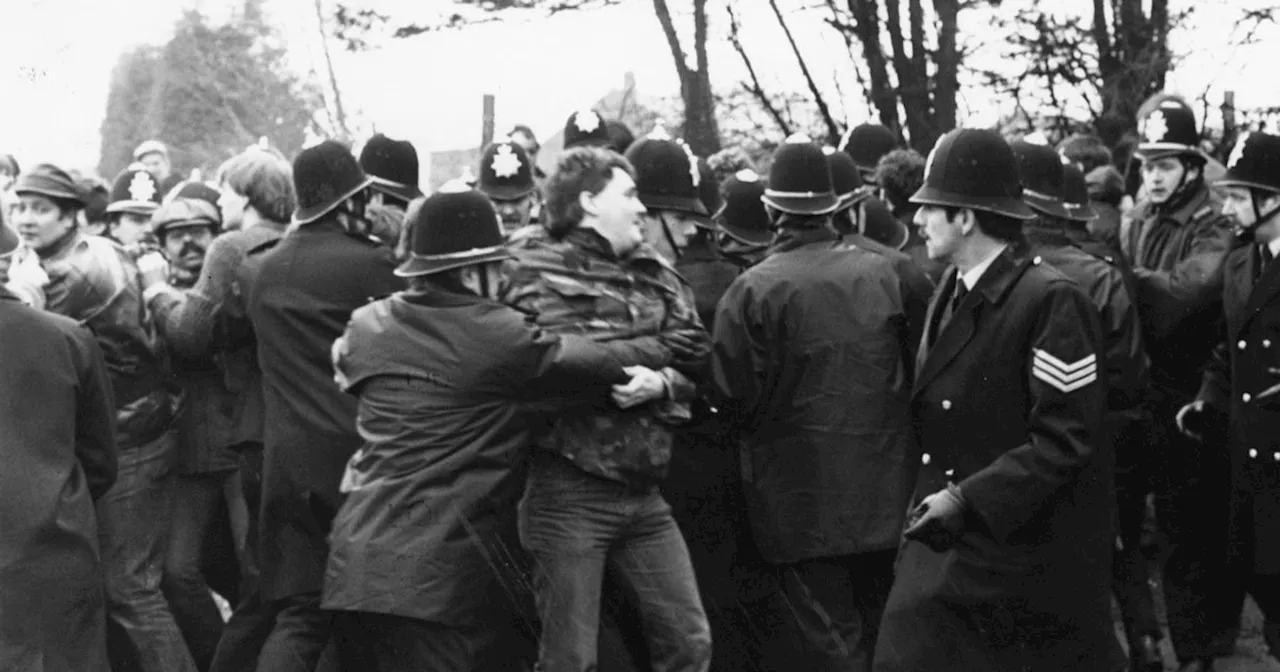Their exhibits suggest the country is tired of division
Gallery, Library and Museum in Doncaster feels the need to explain something to visitors to one of its exhibitions. “A trade union”, a screen in the gallery informs them, “is an organisation of members who are employees in a particular industry or service”. The gallery goes on to explain what coal is, and provides a lump of the stuff for illustration. It seems odd, until you realise how few Britons are now members of unions and how very little coal is mined or burnt in the country.
An easy way to commemorate the strike is to depict it as a clash between plucky, principled miners and the mighty British state, led by Margaret Thatcher. Curators at the National Coal Mining Museum near Wakefield considered that approach, and rejected it. Instead, in November, the museum asked people whose stories have rarely been heard to get in touch. It particularly wanted to hear from miners who kept working, known to strikers as “scabs”.
Even the children of striking miners speak of their confusion and regret. One, who was 15 during the strike, remembers feeling ashamed by the poverty into which the household sank. Another remembers a father who stayed on strike but understood why others could not. “Looking back, the strike achieved absolutely nothing,” argues another. “All it did was hurt families.” The National Union of Mineworkers and its leader, Arthur Scargill, are not remembered fondly by everyone who walked out.
The exhibits also nod to the stifling environment for women in pit towns, which the strike helped to dislodge. “We’ve had to challenge all the ideas and arguments that say ‘our place is in the home’,” wrote a group of Yorkshire women after the strike. “Well—we are not going back!” The Danum Gallery, which has objects from former miners and local people, displays a pair of smart women’s shoes from the 1980s. It points out that the decline of heavy industry and the rise of office work suited many.
日本 最新ニュース, 日本 見出し
Similar News:他のニュース ソースから収集した、これに似たニュース記事を読むこともできます。
 Miners' Strike of 1984-85: A Defining Moment in British Coal Mining HistoryThe miners' strike of 1984-85 was the biggest industrial dispute in post-war Britain, with three quarters of the country's miners going on strike to oppose pit closures and job losses. The strike marked the end of an era for Britain's trade union movement and paved the way for the privatisation of nationalised industries.
Miners' Strike of 1984-85: A Defining Moment in British Coal Mining HistoryThe miners' strike of 1984-85 was the biggest industrial dispute in post-war Britain, with three quarters of the country's miners going on strike to oppose pit closures and job losses. The strike marked the end of an era for Britain's trade union movement and paved the way for the privatisation of nationalised industries.
続きを読む »
 'I refuse to call it a defeat' - 1984 miners' strike oral historyMiners, police, journalists and politicians tell the story of the strike which changed Britain.
'I refuse to call it a defeat' - 1984 miners' strike oral historyMiners, police, journalists and politicians tell the story of the strike which changed Britain.
続きを読む »
 Miners' strike 1984: Warwickshire man recalls insults as he kept workingDave Meuse, who was 26 at the time, kept working at Daw Mill Colliery during the 1984-5 strikes
Miners' strike 1984: Warwickshire man recalls insults as he kept workingDave Meuse, who was 26 at the time, kept working at Daw Mill Colliery during the 1984-5 strikes
続きを読む »
 Miners' strike 1984: Divided miners meet 40 years after bitter strikeTwo mineworkers from opposite sides of the strike agree to meet for the first time.
Miners' strike 1984: Divided miners meet 40 years after bitter strikeTwo mineworkers from opposite sides of the strike agree to meet for the first time.
続きを読む »
 Miners' strike: The Telford Dozen who held out to the endFormer miner Alan McKenzie and his daughter share their memories of the 1984-5 strike.
Miners' strike: The Telford Dozen who held out to the endFormer miner Alan McKenzie and his daughter share their memories of the 1984-5 strike.
続きを読む »
 Tragic miners' strike death that saw Notts pit become 'focal point'David Jones died during the early days of the 1984-1985 miners' strike
Tragic miners' strike death that saw Notts pit become 'focal point'David Jones died during the early days of the 1984-1985 miners' strike
続きを読む »
